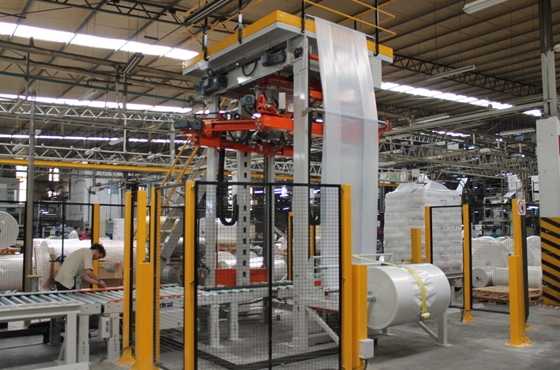The plastics production capacity in the GCC grew 6 per cent to 25.5 million tons in 2014 and is projected to further increase 25 per cent to 33.8 million tons by 2020, according to a report.
The GCC manufacturers are also awaiting a significant rise in the product portfolio, which is set to go up from the current 13 to nearly 30 in the following years in order to cater to the growing demand from sectors like aviation, transport and food packaging, the Gulf Petrochemicals and Chemicals Association (GPCA) report was quoted as saying.
Domestic demand for plastics is growing fast in the GCC. The per capita consumption of plastics is estimated at 39 kg in the region, 33 per cent higher than the world average.
Experts point out that at the core of the industry’s growth is a growing population, rising construction projects and bigger penetration of pre-packed foods, prompting region’s plastics producers to look at acquiring new machinery and technology to keep pace with demand.
A rising number of manufacturing units is also generating demand for materials and machinery. In 1990, the number of plastics factories in the GCC stood at 326, in 2007 it was 1,223 and by 2012-13, it rose to 7,000. The figure is on the rise with new plastic processing units being set up in the region owing to easy availability of feedstock.
Saudi Arabia and the UAE are also major exporters of plastics, taking advantage of their location that is in close proximity to areas that are experiencing economic growth and population increase.
ifpinfo
17 March























































